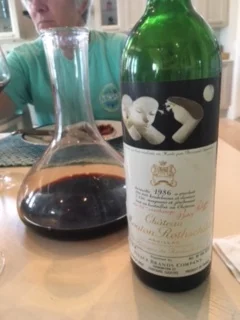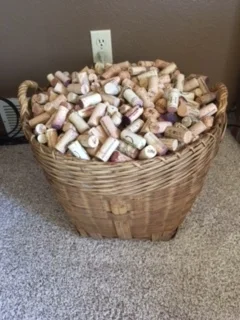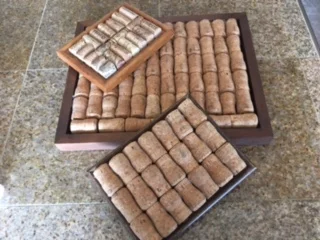There is probably no other wine region that suffers as much consumer neglect than Alsace. Located on the banks of the Rhine River in northeastern France, it was occupied by the Germans on four different occasions. It is no wonder that not only does its architecture of stucco and timber reflect Germanic influences, but the names of its wine producers -- Zind Humbrecht, Trimbach, Ostertag -- are more German than France.
Literally, not even the French from Burgundy, Bordeaux and Provence understand Alsatians. Their Alemannian dialect is still spoken in Germany, but no where else in France. When the Roman empire fell, the region became part of Germany and wasn't conquered by the French until 1639. The tug-of-war over this region has left Alsace with the same acceptance as a litter's runt. Yet to a visitor Alsace is one of France's most beautiful yet humble regions.
One would think that its residents would suffer an inferiority complex with such history. But that's hardly the case. They are very proud of their wines, even if few others want to drink them.
I thought about Alsace's unfortunate predicament while recently tasting through 10 of its wines. It is so rare to have the opportunity. Even the evening's host -- Jacques Cariot, owner of Bleu Provence in Naples, FL -- was shocked to see a full house. (It was August and the bored were willing to sacrifice "Wheel of Fortune" for one night).
But the experience proved to be worth the sacrifice if just for the reminder that there is more to wine than chardonnay.
Alsace is split into three AOC designations: Alsace, grand cru and cremant de Alsace. About 78 percent is classified "Alsace." Ninety percent of the wine is white -- the red is represented by pinot noir for reasons I will forever struggle to understand. And, only 25 percent of the wine is exported.
Still, Alsace produces some of the best dry rieslings in the world. It's gewurztraminer, despite being a tongue-twister, is so aromatic you could sell it as perfume. And, its muscat, although not for everyone, will shock palates conditioned by oaky chardonnays.
I lament that most stores don't carry many Alsace wines because there is so little demand for them. But you should seek them out. Look for producers Zind-Humbrecht, Trimbach, Hugel, Osterag, Boxler and Weinbach.
A good starter wine is pinot blanc, a great aperitif with deceiving simplicity and fresh acidity to ward off summer heat. Rieslings are often delicate, but characterized by finesse and finish. They complement delicate fish with simple preparations. Gewurztraminer is hardly delicate and should be paired with heavy sauces; it's even a common foil to spicy foods and sushi.
My tasting notes from some of the evening's wines can be found on my following "recommendations" page.








